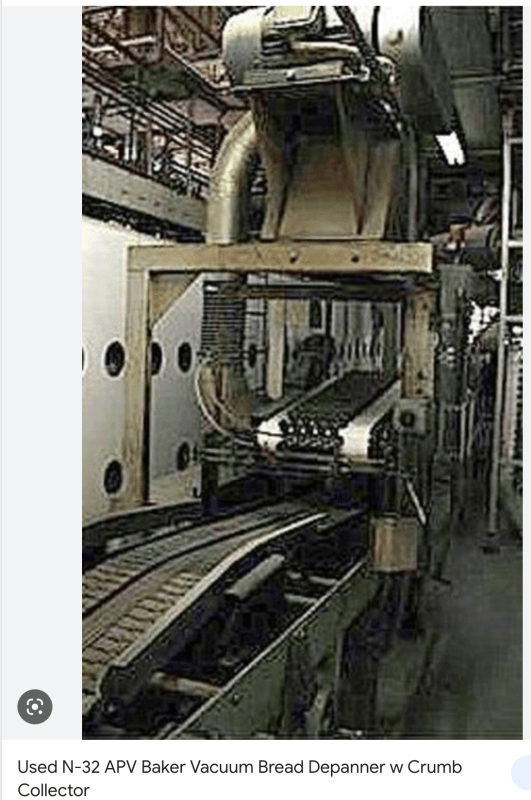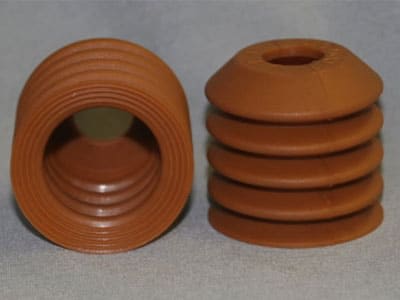Ivan Silva
Industrial
As the title says, I'm trying to evalute the amount of power needed in roller chain conveyor. I know there is engineering manuals regarding this calculation although it mostly aimed to grain/mining bucket conveyors but in my case it's not an grain it's biscuits and the manner the biscuits are transferred from the conveyor toward any other place doesn't follow the bucket conveyor manners. Besides it's I'm not interestedc in the formulas but in the physics behind it.
Contextualizing...
In the video below you can see the upper conveyor conveying biscuit just like my project intend to do. See timestamp from 1:14 to 1:21.
I'm first year engineering student and mechanical technician with some knowledge of physics and machine design, that's been said I think the calculation needed to evaluate the required power depends uppon the torque need to overcome the inertial momentum associated with sprocket gears, shaft, and any intermediary rollers when all this is accelerated by a given angular acceleration, the torque required to overcome the conveyor inertia (generated from chain mass, biscuit mass, friction between chain and its guides and the friction between biscuits and the stationary plate) as well as the angular velocity which the main shaft must rotate to accomplish the task and any safety factor or machine element performance factor.
Am I right? Is there anything else which needs to be taken into account?
Contextualizing...
In the video below you can see the upper conveyor conveying biscuit just like my project intend to do. See timestamp from 1:14 to 1:21.
I'm first year engineering student and mechanical technician with some knowledge of physics and machine design, that's been said I think the calculation needed to evaluate the required power depends uppon the torque need to overcome the inertial momentum associated with sprocket gears, shaft, and any intermediary rollers when all this is accelerated by a given angular acceleration, the torque required to overcome the conveyor inertia (generated from chain mass, biscuit mass, friction between chain and its guides and the friction between biscuits and the stationary plate) as well as the angular velocity which the main shaft must rotate to accomplish the task and any safety factor or machine element performance factor.
Am I right? Is there anything else which needs to be taken into account?


